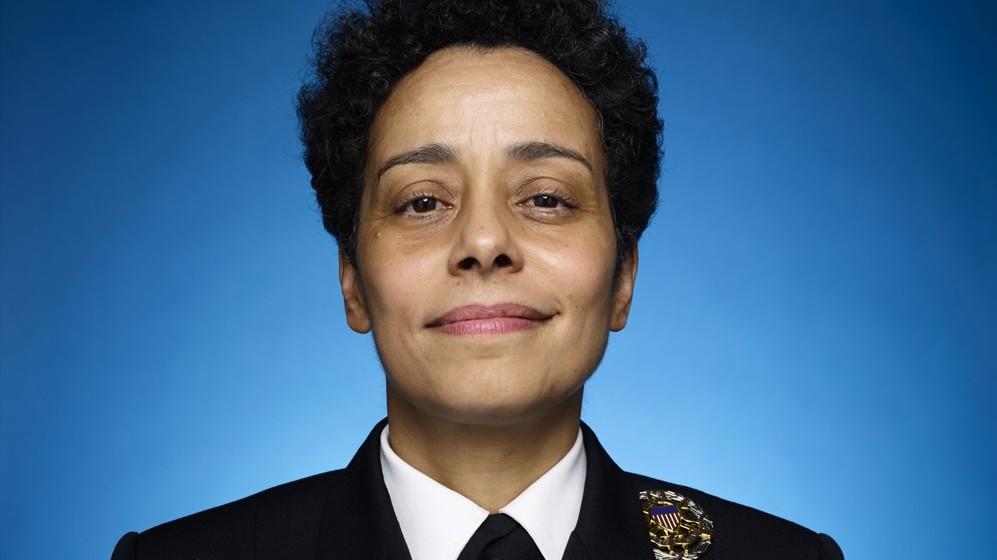Admiral Michelle Howard: A Trailblazer for Women and African Americans in the U.S. Navy

By Jules Staelgraeve
This fall, I had the opportunity to hear retired Navy Admiral Michelle Howard speak at the second annual Capital Battalion Leadership Conference hosted by my Navy ROTC unit. Howard spoke about her views on cybersecurity and the importance of remaining vigilant to cyber threats. Cybersecurity has been one of ADM Howard’s two overarching focuses throughout her naval career; the other being reducing gender disparities in the Navy.
Howard attended the Naval Academy as a member of its third co-ed class, graduating in 1982. She was one of only seven African American midshipmen in her class of 1,363. Howard entered at a time when very few women, and even fewer African Americans, were officers. In 1999 she became the first African American woman to command a ship, taking command of the USS Rushmore (LSD 47). Howard also served as the commander of Amphibious Squadron 7 in the aftermath of the Indian Ocean tsunami of 2004, and in 2009 she became the first African American woman to lead a battle group, Expeditionary Strike Group Two. In this capacity, she participated in the war on terror and oversaw the rescue of Captain Richard Phillips from Somali pirates. She took several more command positions before being promoted to the rank of admiral in a ceremony at the Women in Military Service for America Memorial at Arlington Cemetery in 2014.
The promotion made Howard the first female of any ethnicity to earn the rank of four-star admiral. That same day, she also became the first female vice chief of naval operations (VCNO). In that role, Howard continued her advocacy on cybersecurity and gender diversity in the Navy. She further took advantage of her influential role to lead the drive for integrating more women into leadership positions. As VCNO, Howard fought to ensure women should make up a quarter of every command. She considered this percentage to be the threshold at which women would make up a large enough ratio of their units to foster a command resistant to stereotyping. Howard advocated for inclusion and women empowering one another, challenging the traditional military “boys club” mentality. To her, the road to successful integration means ensuring the Navy does everything it can to keep motivated women in the service through inclusive policies and the presence of enough women to create a normalized command climate.
After her time as VCNO, Howard served in her last command at U.S. Naval Forces Europe and U.S. Naval Forces Africa, as well as at the Allied Joint Forces Command in Naples, Italy, which made her the first female four-star admiral to command operational forces. She retired in 2017 after thirty-five years of service and is currently the visiting Shapiro professor of international affairs at The George Washington University.
As a midshipman, I look up to Admiral Howard as a leader and trailblazer for female inclusion in the Navy. Her tireless work for the advancement of women, particularly African American women, has paved the way for more inclusion. Her career, which was one previously not thought possible for an African American woman, proves that social constructs—and glass ceilings—are meant to be broken.
Jules Staelgraeve is a freshman at George Washington University's Elliott School of International Affairs, where she also serves in the Navy ROTC program. Originally from St. Paul, Minnesota, Jules is the proud daughter of a retired Navy Petty Officer 1st class. She is currently the National Security Outreach intern at Human Rights First, where she supports the work of Veterans for American Ideals.

